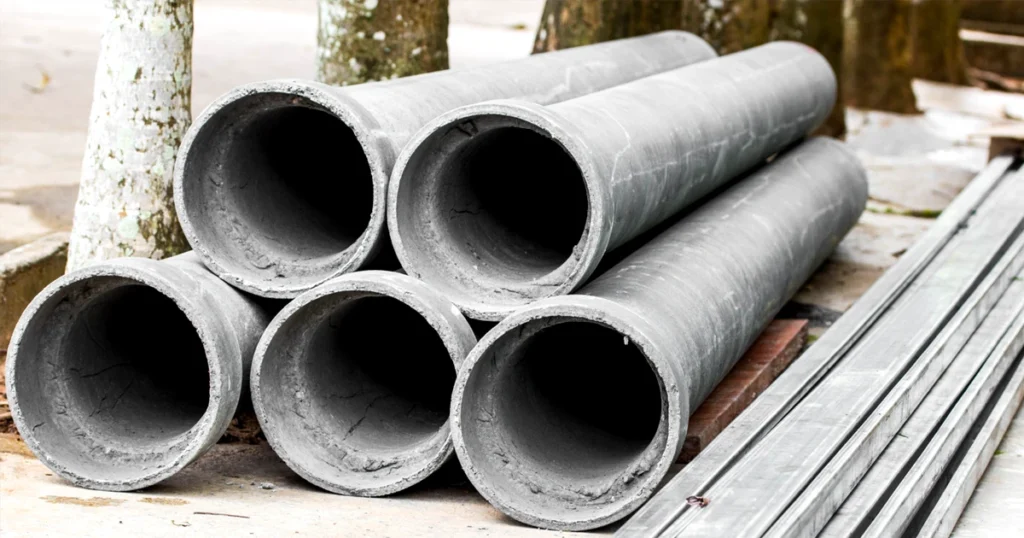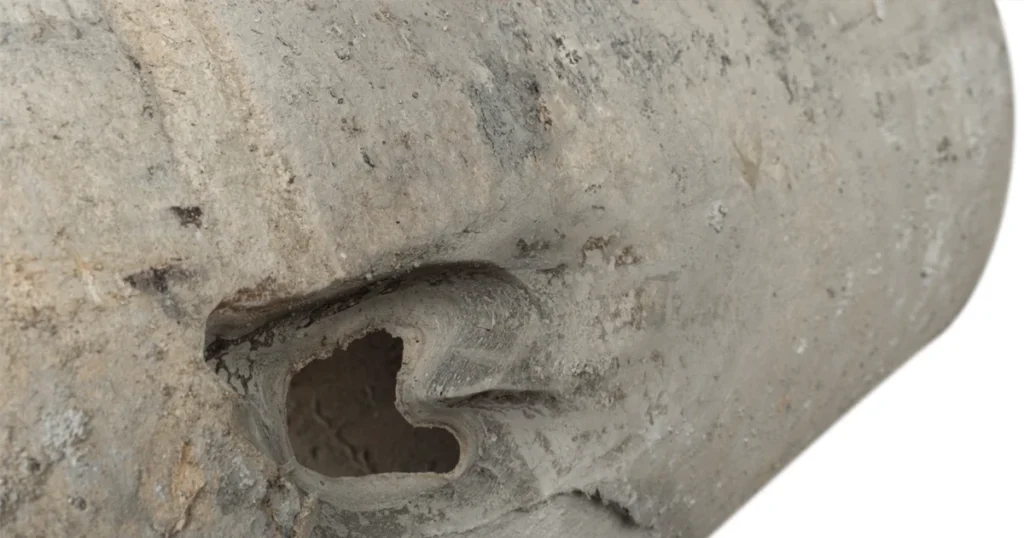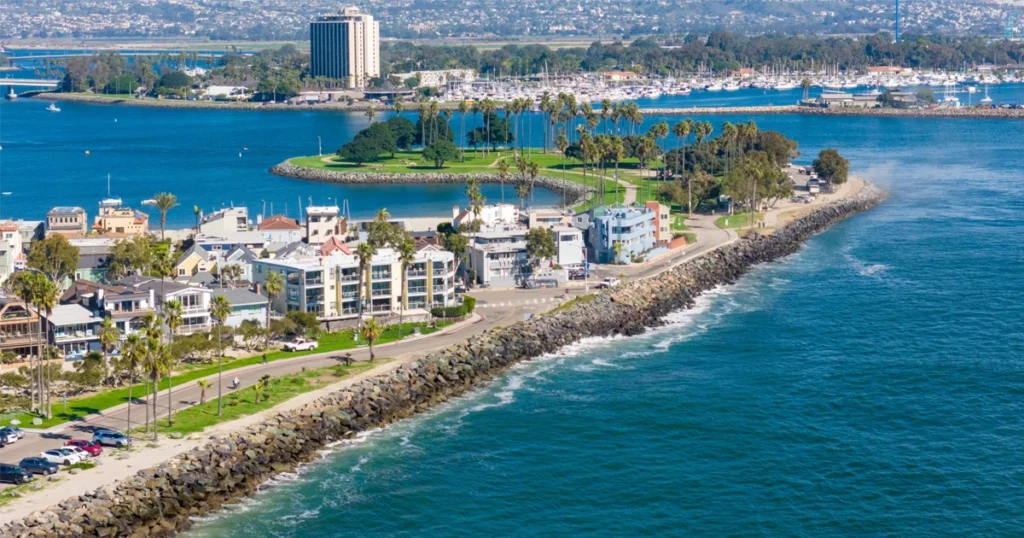Condition Assessment of Asbestos Cement (AC) Pipe
Reliable Insights for Proactive Pipeline Management
Don’t Replace Good AC Pipe — Inspect It.
Asbestos cement (AC) pipe still makes up hundreds of thousands of miles of water infrastructure in North America. Most was installed between the 1940s and 1980s — and much of it remains in service today. But with no safe way to inspect its condition, utilities are often forced to choose between costly full replacement or waiting for failures.
KenWave’s Dynamic Response Imaging™ (DRI™) solution finally changes that.


Why AC Pipe Is a Challenge
Across the U.S. and Canada, AC mains are among the most pressing — and least understood — risks in water infrastructure.
- Aging inventory: Most AC mains are now 40–70 years old, far beyond original design life.
- Uncertain condition: Deterioration is highly variable — one block may still be strong, while the next is on the verge of failure.
- Costly choices: Without reliable data, utilities must either overspend on wholesale replacement or risk unexpected breaks.
- Asbestos concerns: Traditional inspection methods require cutting coupons, exposing crews and the public to unnecessary asbestos risks.
Where AC Pipe Exists Today
In North America, asbestos cement (AC) pipe remains a major part of active water systems. In the U.S., more than 630,000 miles are still in service, while in Canada, AC pipe makes up about 18% of all water mains.
Globally, the challenge is just as significant. AC pipe was installed across Europe, Australia, New Zealand, and parts of Asia and South America during the mid-20th century.
Today, utilities worldwide are facing the same dilemma: aging AC pipe, uncertain condition, and costly replacement programs without a practical way to assess true risk.
The Hidden Giant: Why Asbestos Cement Pipe Still Matters in 2025


How AC Pipe Can Be Evaluated
Until now, utilities had no safe, scalable, and reliable way to inspect AC mains. That’s where KenWave’s DRI™ solution comes in.
- Non-invasive: DRI™ measures wall thickness from outside the pipe using advanced vibroacoustics — no cutting, no asbestos exposure.
- Proven: Independent validation confirms accuracy within ±6% across most of a pipe’s length.
- Scalable: Inspects long, continuous pipe segments efficiently, providing a network-wide picture rather than isolated samples.
- Actionable: Results are delivered in clear, geospatial maps that show exactly where to prioritize replacement and where to defer investment.
CASE STUDY
trial in the Netherlands shows how utilities can take control of aging AC pipe infrastructure—without ever shutting down service.
When Brabant Water set out to understand the condition of its aging asbestos cement mains, it needed a safe, accurate, and scalable solution. Through Isle Utilities’ Trial Reservoir program, the utility partnered with KenWave to validate the DRI™ solution and prove that AC pipe could be inspected non-invasively with asset management-grade accuracy. The results changed how Brabant plans its renewals — and they could do the same for utilities in North America.

Take Control of Your AC Pipe Network.
KenWave helps utilities transform AC pipe from a hidden liability into a data-driven asset management strategy. Whether you’re planning renewal, budgeting capital, or addressing reliability risks, DRI™ provides the clarity you need.

Case Study: Thames Water
By integrating DRI™ survey outputs into its asset management framework, Thames Water was able to assess the appropriateness of planned £225M mains renewal investment.

Case Study: Brabant Water
When Brabant Water needed a reliable way to assess aging asbestos cement mains, they turned to KenWave’s non-invasive DRI™ technology. The result? A successful trial that met every performance benchmark—and set the stage for scalable deployment across their network.

Case Study: Peel Region and CIMA+
KenWave partnered with CIMA+ and Peel Region to conduct a non-invasive condition assessment of two 6-inch (150 mm) ductile iron water mains, originally installed in 1975.
